Pablo Picasso
-
Archieves of Pablo Picasso
Gender: male 1881

Pablo Picasso's Art Exhibition Online and Biography
- The Artist Doesn't Have a Blog
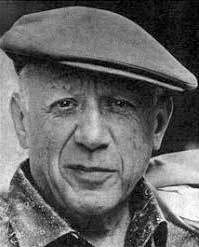
Art Types involved-in: Various Paintings, Oil Painting
Pablo Picasso Biography:
Pablo Picasso, 1881-1973, was a Spanish painter, one of the greatest and most influential artists of the 20th century. He is known for co-founding the Cubist movement. Among Picasso paintings,the most famous are the proto-Cubist Les Demoiselles d'Avignon, and Guernica (1937).
Several oil paintings by Picasso rank among the most expensive paintings in the world. Garçon à la pipe was sold for US$104 million in 2004. In 2010, Green Leaves and Bust was sold for $106.5 million. He remained the top-ranked artist, based on sales of Picasso art at auctions.
More about Picasso
Pablo Ruiz y Picasso was born in Malaga, Spain on October 25th 1881. He lived a long and fruitful life until his death at age 91 on April 8th 1973. During his career he often separated himself from the rest of the artists of his era by not focusing on a single style, and instead being experimental. The creations from this experimentation were both successful and controversial in their own right.
His background was impressive, as his father was a painter as well. Picasso’s grandparents were considered aristocrats in their time, so that would come into play later on when Picasso became more political with his work and views. Picasso’s interest in art was genetic, and his father wasted no time in training his young son in the arts, starting at the age of seven. This was both a blessing and a curse as Picasso excelled at drawing while falling behind in school. As for his trademark ability to master other’s styles? This was taught to him very young by his father, who had a strong belief in appreciating the discipline and hard work of great painter’s style.
At the age of 13 Picasso progressed so much that his own father praised his work. It was around this same time that his 7 year old sister Conchita died, which would change not only the family but the way he put his soul into Picasso paintings. When the family moved to Barcelona, his father pushed for Picasso to take the entrance exam at their School of Fine Arts. This was to an advanced class that usually took a full month for normal students, but once again the young Picasso showed his skill and completed it in a week. This was a pivotal moment in his life, and his father sensing his son turning into a man rented a small room for him that was close to the family home. It was a perfect way for Picasso to mold himself into the great artist he was becoming.
At the age of 16 Picasso was sent off to Madrid’s Royal Academy of San Fernando, but would struggle being on his own for the first time and eventually stopped attending classes.
In the early parts of Picasso’s career as an adult, things were not successful. In times of great poverty he shared an apartment with friends and even contributed illustrations to anarchist magazines. Picasso developed a lot of his political stature during this time when he and his friends were struggling, as well as the rest of the nation. This passion showed in many of Picasso paintings, which are completely different than his mid-career and later works when he became successful.
Picasso would jump into and also create several periods including the Crystal period, African period, Cubism, Rose period, Blue period, and many more. He is the very definition of consistent, but he is also famously known for his love interests. Many of those love interests would inspire him to create some of the greatest Picasso paintings, long before and after his fame had become huge. Love interests aside, he was strongly anti-war but did find ways to tip toe the line during World War 1. Despite his displeasure he was able to remain neutral during that period and other wars, including the Spanish Civil War. His strong anti-war roots even included him refusing to join the armed forces. At the height of his political standing he became a member of the French Communist Party in 1944.
Currently he is considered to be one of the greatest painters of all time, a true master of many crafts. His incredible body is work is not only massively great, but it’s one of the most impressive body of works of any painter in history.
Not only was he a great painter, but he was an exceptional artist. Picasso’s body of work includes over 1,200 sculptures, over 2,800 ceramics and many prints, tapestries and rugs. Many have estimated that his contributions to the art community exceeds 50,000 works in total, with 12,000 alone attributed to drawings and over 1,800 to Picasso oil paintings.
It’s not usual that a painter gains such immeasurable fame while still living, or at such an early age. Since Picasso was discovered early, he was able to maintain most of his work in his own possession. While other artists had to sell their paintings to make ends meet, Picasso was such a worldwide name that he had full control over the majority of his work, an uncommon feat. And to add another layer of interest to his legacy, he also collected works of other painters of his time- that’s right, Picasso was an art collector!
When he passed there was no will, so in order to pay the estate tax the French took payment using his collection and Picasso paintings. To this day the Musée Picasso in Paris is one of the many ways they honor this great artist, while in Spain relatives helped to open a museum named Museo Picasso Málaga. There are very few rock stars when it comes to the world of the arts, but there is no doubt that he was one of them.
An important note to mention is that even with all of the great recovered work, there are still over 500 Picasso works missing that is known. That means it is well over that number, which is why Picasso paintings continue to sell for large amounts in the millions.Analysis of Picasso Paintings
A list of some of the essential items in Picasso’s portfolio is plentiful, so this list contains some of the underappreciated works as well as some of the most diverse he had to offer. Picasso was many things, and an innovator was strongly one of them.
Pablo Picasso did several self-portraits, many of them going underappreciated from 1896-1917. There was a clear metamorphosis of styles going on with the self-portraits that show an artist through his many changes. There are clear style changes of Picasso paintings between this period, and some may even say that an improvement in technique can be seen, although the details are similar across the board. Whether using an exaggerated version of himself or using realism, there was something really personal about Picasso self-portraits compared to other artists. It was a very good couple of paintings in this series that really got lost in the shuffle of his superior work through his time as an artist.
While many famous painters focused on specific styles, Pablo Picasso was a master of several. Besides finding ways to surpass many artists in their own perfected styles, Picasso had a flair for innovation which endeared him to fans both in and out of the community. This is why he is one of the most well-known artists in history, and why he continued to excel long after many artists were past their primes. Always looking for a new angle or a new style, Picasso is well received no matter which culture you bring his name up with.
There are plenty in this list, but looking at the ones that have sold for the highest price narrows down some of the most sought after works. In this list Les femmes d’Alger comes to mind with its high price paid in 2015. It is a series of Picasso paintings, and version O sold for almost $200 million dollars. Others in the series have had similar sales, with versions C, H, J, K, L, M and N being just as high profile in nature. With 15 paintings in the collection, it’s hard to believe that the original inspiration for it came from ‘The Women of Algiers in their Apartment’. Picasso did what he does best and surpassed the original artist, in such a grand fashion that many don’t even mention the inspired works.A decade later would bring about ‘Lying female nude’, an incredibly creative painting that broke several walls for its time. A one of a kind from one of the best, there was a lot of imagination that went into this Picasso painting from start to finish. Looking at it from top to bottom it almost comes off as a lucid dream, so everyone’s take on it is a bit different than the next persons. At present there are few if any oil paintings that can be compared to the style and imagination that it took to create ‘Lying female nude’, and chances are it will go down as one of the more unappreciated and unique paintings of his career.
When thinking of Picasso paintings that were ahead of their time, then you have to include ‘Courtesan with necklace of gems’ from 1901. It was an important painting for more reasons that even Picasso could realize at the time, depicting a dressed up confident woman by herself in the photo. Everything about her outfit was over the top, from the hat, to the gems and even the makeup. But it is the look on her face that sells the entire painting, as she looks as though she can have anything she wants. That confidence exuded through the canvas and is the same attitude that women during that time would eventually harness to gain equal rights. Even though back then this Picasso painting didn’t have any political ties on creation, it sure made a point the longer its existence gained recognition.Pablo Picasso's Representative Works Exhibitions:
\Graduation School:
· Auction Info of Pablo Picasso Works >>
Copyright Statement:
All the reproduction of any forms about this work unauthorized by Singing Palette including images, texts and so on will be deemed to be violating the Copyright Laws.
To cite this webpage, please link back here.





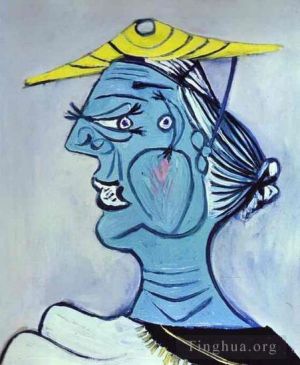
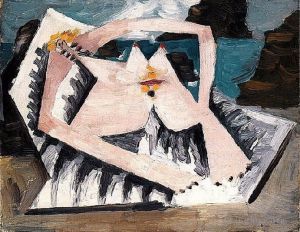
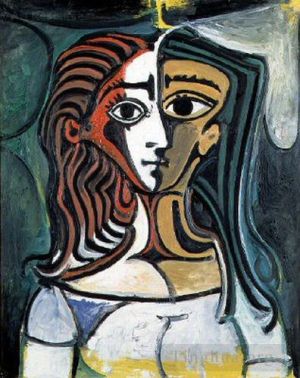
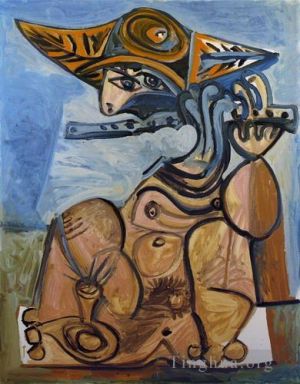
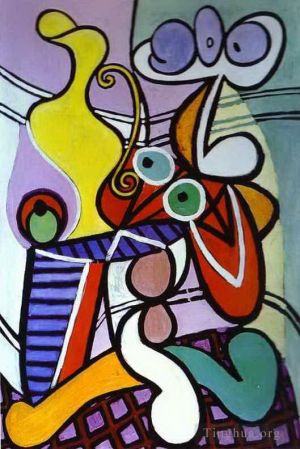
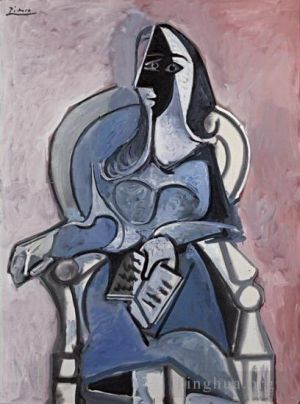
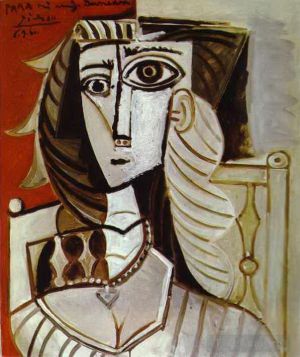
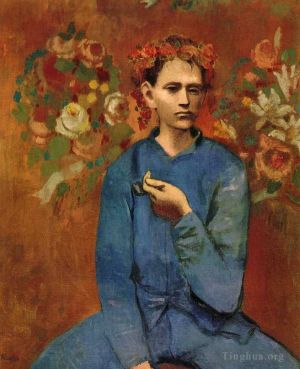
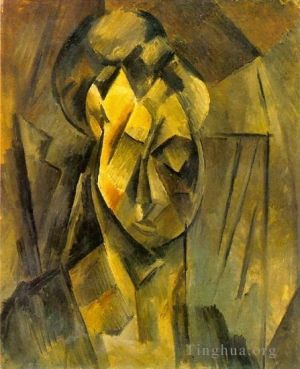
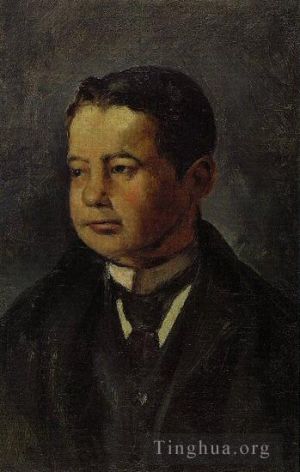

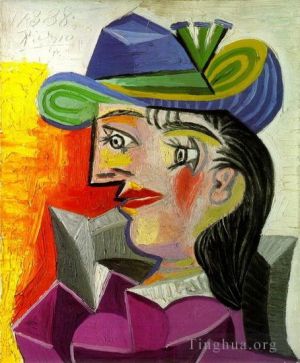
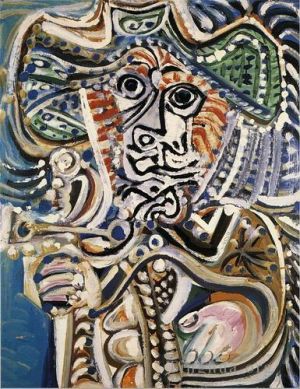
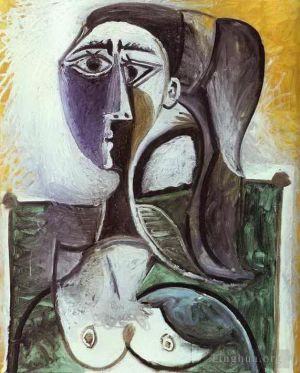
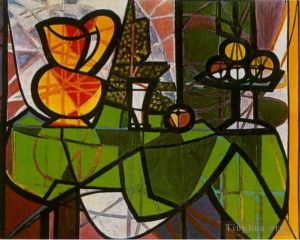
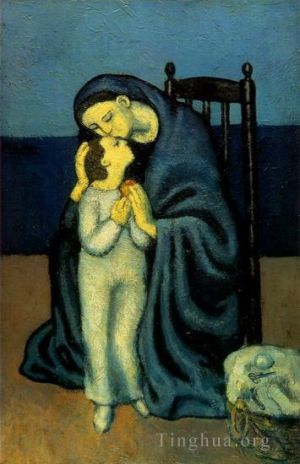
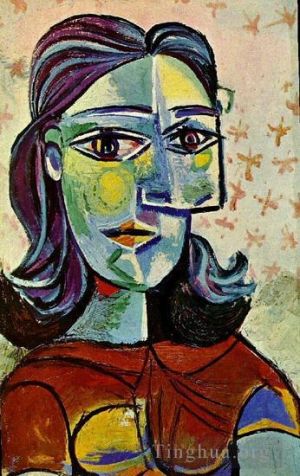
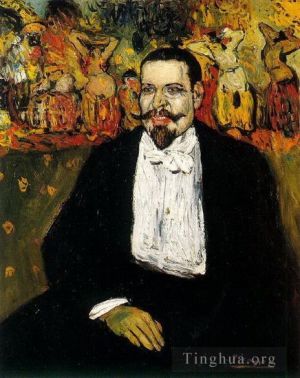
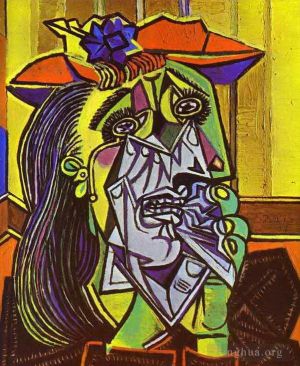
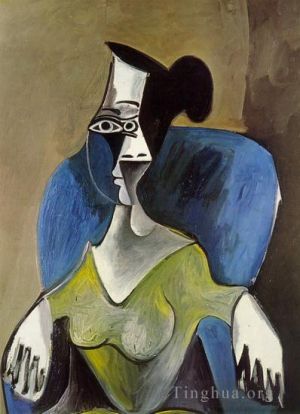
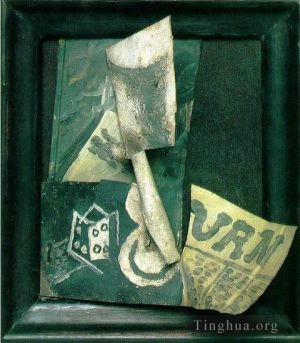
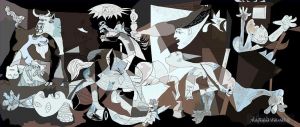
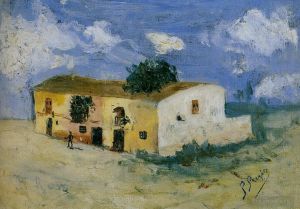
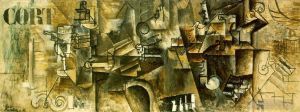
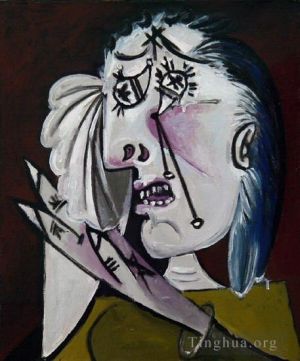
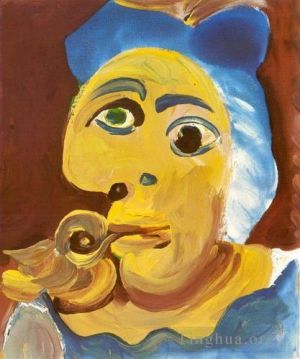
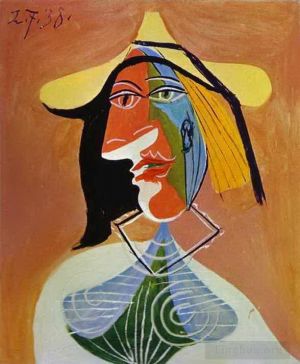
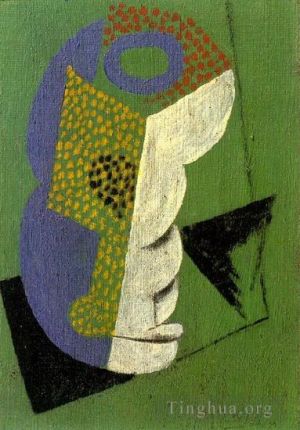
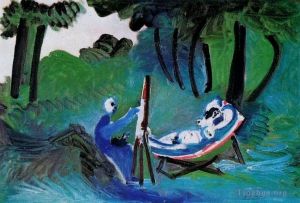
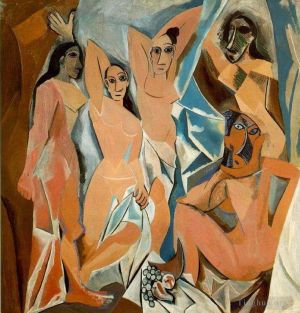


 Singing Palette
Singing Palette